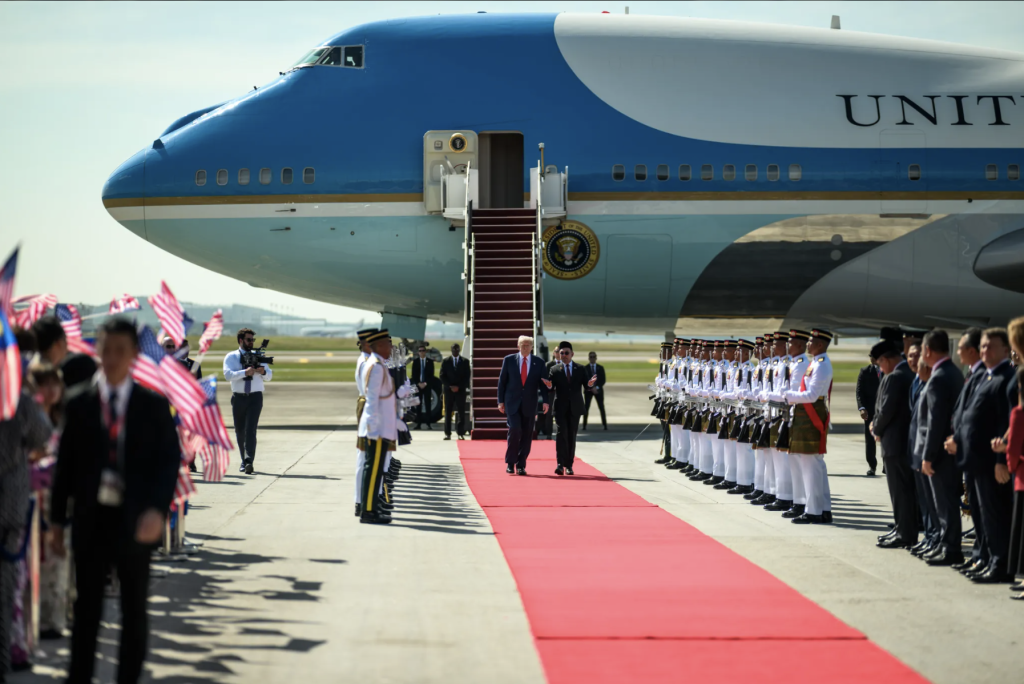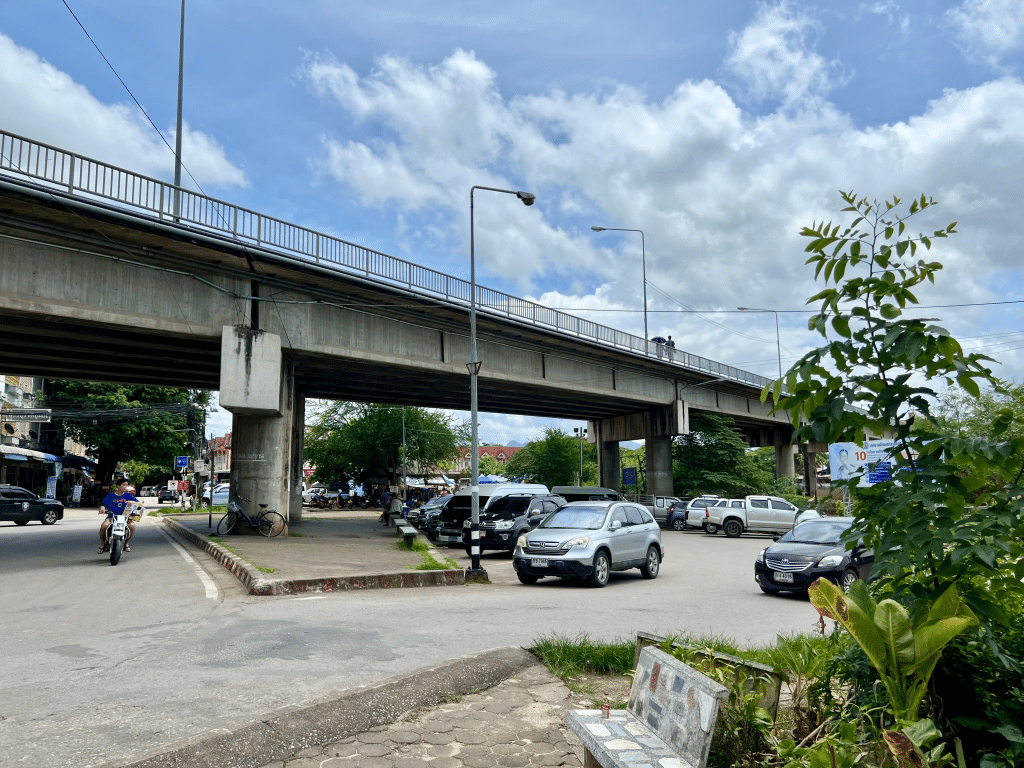The Sino-Vietnamese Relationship Explained
From the countless times Vietnam was placed under Chinese rule to the modern day struggles for territory in the South China Sea, China and Vietnam have a long history of military, migration, cultural, and political interactions. Their historical relationship is riddled with cooperation and conflict: ethnic Chinese moving to Vietnam and bringing economic activity, the Vietnamese struggles against Chinese dominance, Sino-Vietnamese cooperation during the Vietnam War against America, and the Sino-Vietnamese War which froze relations for a decade are all examples of the complexities of this relationship. Today, these two nations are at a crossroad between being enemies and allies, as China is both the top trade partner of Vietnam and the competitor against Vietnam and several other Southeast Asian nations in the South China Sea. In this relationship, China means more to Vietnam than Vietnam to China, as Vietnam does not even make the list of the top 10 trading partners of China. This means that, while important, China does not necessarily need to care for its trade relationship with Vietnam in the same way Vietnam does for China. This can be seen in how China is taking a more aggressive approach in the South China Sea, and in the hesitation of Vietnam in its response.
This is an especially volatile time regarding the South China Sea, as world politics continue to trend towards nationalism and hard line policies. In other areas of the world, we can see these trends in the current election in the United States, in the British referendum to leave the European Union, in the recent Colombian decision to reject the peace deal with the Revolutionary Armed Forces of Colombia (FARC), and in Hungary’s recent rejection of EU migrant quotas; in Asia, we see these trends in the rise of Rodrigo Duterte in the Philippines and in the growing tensions in the region from the establishment of THAAD in South Korea, from North Korea’s nuclear tests, and from territorial disputes. These events mean that this is an especially tense time in East Asia, and that these states will either turn towards diplomacy or eventually collide in war.
The current turn of events seems to look positive; both sides have made efforts to set aside their dispute and continue friendly ties. This includes talks of cooperation on economic, political, and cultural terms, which includes increasing trade cooperation and establishing cultural exchanges between citizens so the average Chinese citizen and the average Vietnamese citizen understand one another on a deeper level. These ideas are important in order to sustain the friendly relations between the two countries and halt the Vietnamese fears that China is trying to assert dominance over Vietnam as it had hundreds of years ago. Where these two nations failed is in addressing the issue of the claimed territories, likely because it would prove difficult to come to a conclusion of who rightfully owns what. There is still room for improvement, as both sides do not completely trust one another and the issues of the territory claimed still exists. This is sensible, given the nature of Sino-Vietnamese relations as being relatively recently restarted and historically being plagued with fears of dominance.
Written by Kevin Sonukan




